How to Combine Web Design and SEO to Achieve Success

Search engine optimization and website design are not distinct professions fighting for attention—they have to collaborate to develop online experiences both search engines and end-users adore. When executed correctly, the intersection of SEO website design and technical performance produces websites that not only appear beautiful but truly yield business outcomes with higher search engine rankings and improved end-user engagement.
Read this article to learn how SEO impacts web design and vice versa.
The Influence of SEO on Web Design
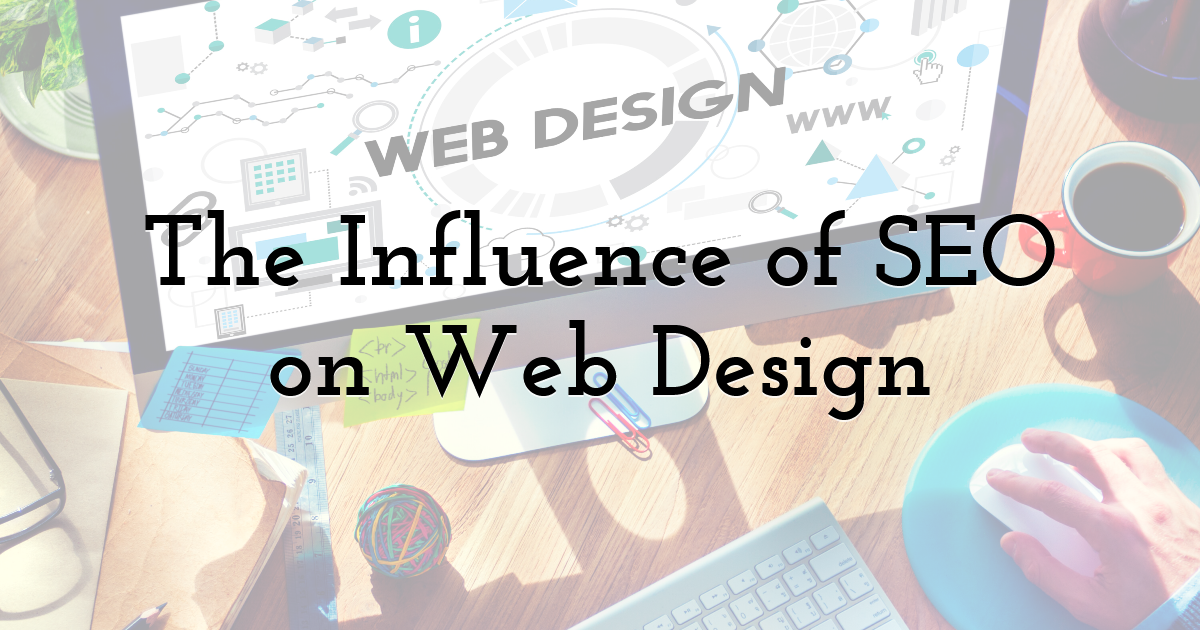
Do you recall the last time you jumped off a website in, like, seconds? It wasn't likely about whatever they were trying to sell. Poor SEO website design decisions can completely torpedo your ranking before anyone gets a chance to take a glance at your work. Google's algorithms are very intelligent these days, taking note of what users do and using that data to determine which sites go to the top.
Search engines now assess websites just like visitors do. When a person visits your site and closes it, and goes back to the SERPs instantly, Google takes this as a sign that your page failed to fulfill their query. Users are likely to stick around when your web design is technically sound. Technical SEO has a direct impact on search engine crawling and indexing of your pages.
Here, it makes sense to keep track of where you stand in SERPs and how users interact with your site. One way to handle everything like a pro is to use AI Overviews tracking tools. These tools truly help when it comes to seeing where your content is faring within Google's changing search features. They can also show where pages are being represented within AI-created search results and what impact user engagement patterns have on overall visibility.
Vital Web Design Elements That Affect SEO
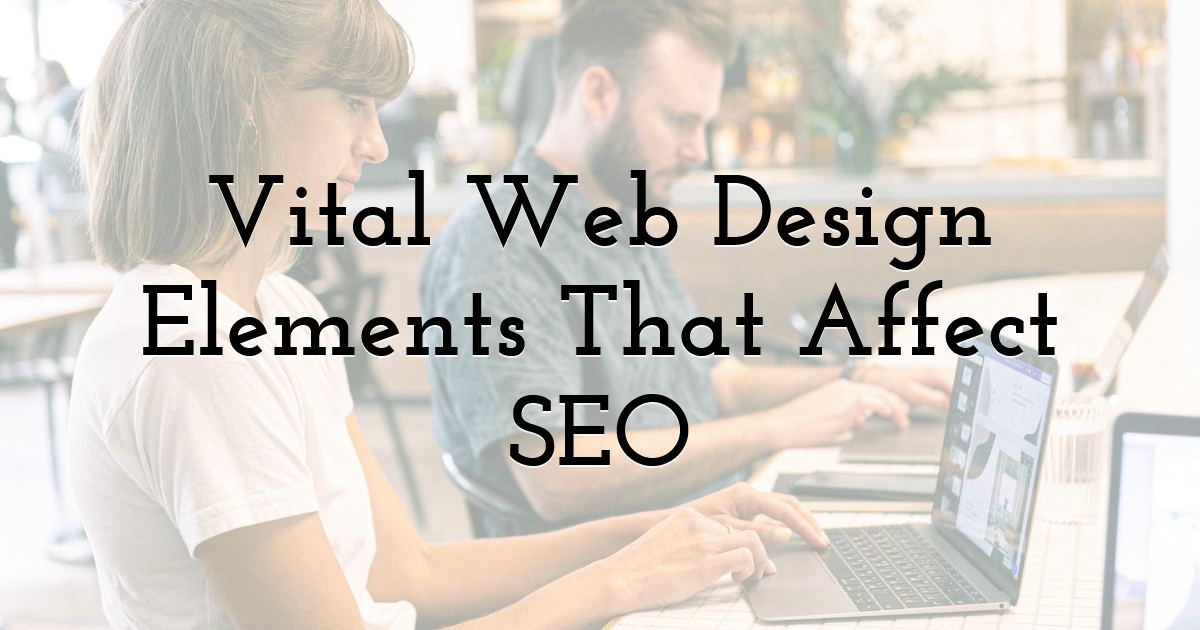
The best design features of SEO web development are about more than superficial beauty. For instance:
- • When it comes to web design with SEO, navigation design matters a lot for dispersing page authority within your website. Internal linking architecture, breadcrumb navigation paths, and menu layout all collaborate toward making it easier for search engines to crawl your pages and understand their relationships with other pages.
- • Since Google now indexes pages based on mobile-first indexing, the mobile performance of your website is now a factor that dictates desktop performance. Responsive layouts, touchscreen interfaces, and mobile-optimized content are the basics of contemporary website development and SEO success.
- • Site speed optimization is another significant overlap of SEO and design. Pages that load quickly offer a better user experience and remain the desired choice for higher rankings.
- • Concise and descriptive URL addresses containing relevant keywords enable end-users to understand information on pages before clicking and make it simple for search engines to correctly classify and rank your pages.
The Effect of SEO on Content Design
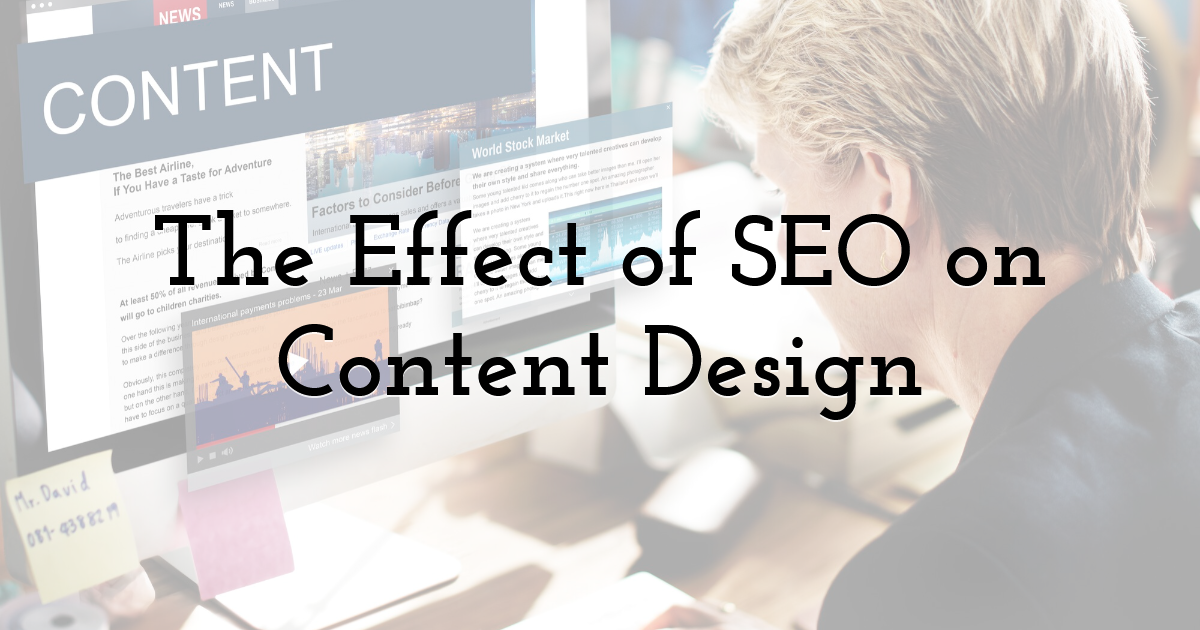
Strategic presentation of information goes beyond simple keyword insertion within your copy. Visual information hierarchy, header tags, and information style all impact the ability of search engines to parse and understand your information. When you correctly format information using specified H1, H2, and H3 tags and proper logical information flow, you are writing a map that both robots and humans can follow.
Similarly, typography selections influence readability metrics, which are related to user engagement scores. Legible fonts on all devices, adequate line spacing, and proper color difference all combine to produce favorable user experiences that translate into improved SEO performance.
Content-based layout decisions impact engagement metrics as well. Strategic placement of multimedia features, judicious use of white space, and scannable paragraph structures make those visiting your pages linger longer. That dwell time is an indication of positive content quality and relevance passing back to search algorithms.
Essential Technical SEO Considerations in Web Design
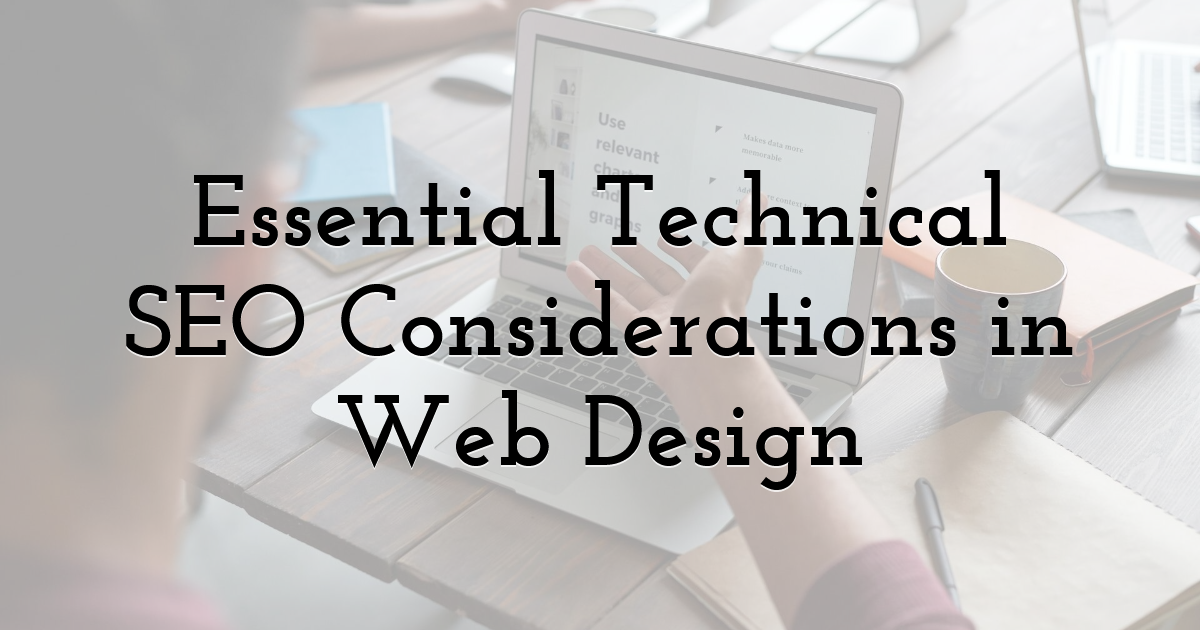
The technical side of web design with SEO relies on taking care of those pointers that the visitor never gets to see, but the search engines are always taking into account. For instance:
- • Decisions made at the architecture level during the design phase have lasting repercussions on crawlability and indexability. Creating the XML sitemaps, employing proper robots.txt files, and specifying proper URL hierarchies are essential steps requiring care while designing a site.
- • Use of schema markup is one of the best technical SEO opportunities in modern web design. You embed structured data within your HTML and provide search engines with concise information about your products, services, content, and business details. It can lead to rich snippets and knowledge panels and can increase visibility within the search results.
- • Core Web Vitals optimization has become a requirement of effective technical design. Largest Contentful Paint (LCP), Cumulative Layout Shift (CLS), and Interaction to Next Paint (INP) quantify varying facets of user experience that have a direct impact on ranking. Design considerations related to image load strategies, type display strategies, and dynamic insertion of content all influence these key performance metrics.
- • Security implementation through HTTPS certification is not merely about safeguarding user data—but it is a proven ranking factor. SSL certificates, proper authentication processes, and frequent updates on the security side need to become part of the development and design process from the word go.
The Role of User Experience in SEO

Understanding the connection between search optimization and user experience design explains clearly why mastering the UX design is now essential to internet success. Search engines are now favoring pages that deliver genuinely useful user experiences and UX optimization is therefore a road to better rankings.
There are several indirect ranking signals that influence this, and this is particularly relevant to metrics such as session duration, bounce rates, and pages per visit. If your users engage with your site, it sends a signal to search engines that your pages have relevance to user intent. This creates a virtuous circle wherein better UX translates to better SEO performance that then facilitates higher-quality traffic.
Common Mistakes Affecting SEO Through Design
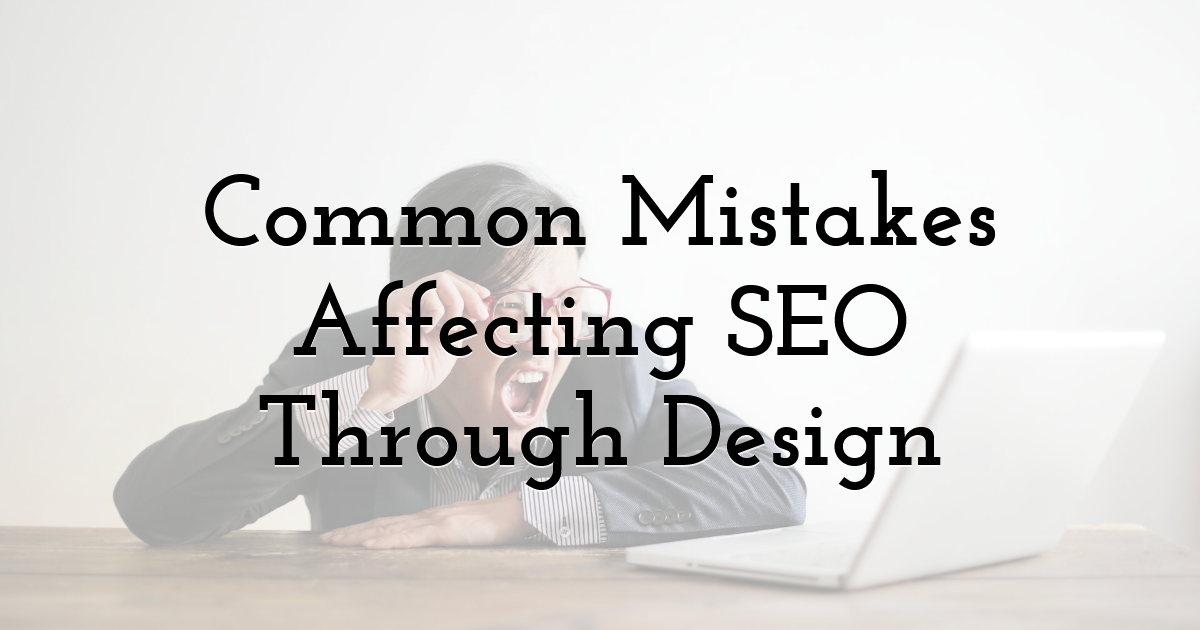
Web design mistakes will work against your SEO effectiveness more often than not in unexpected ways. A prime example would be too frequent use of visual elements at the behest of search engine usability. Flash media files, text made up of images, and navigation relying on JavaScript can create stumbling blocks between search engines and fully crawling and indexing your pages.
Poor mobile optimization is still likely the most damaging SEO and web design flaw since pages that do not function properly on phones or require a horizontal swipe create a bad user experience that generates high bounce rates.
A failure to take account of page speed when designing can also lead to pages that are flashy but slow. Large non-optimized images, third-party scripts, and bulky CSS files can severely impact loading speeds, and their negative impact is evident on user experience and search performance.
How to Combine Website Design and SEO Effectively?
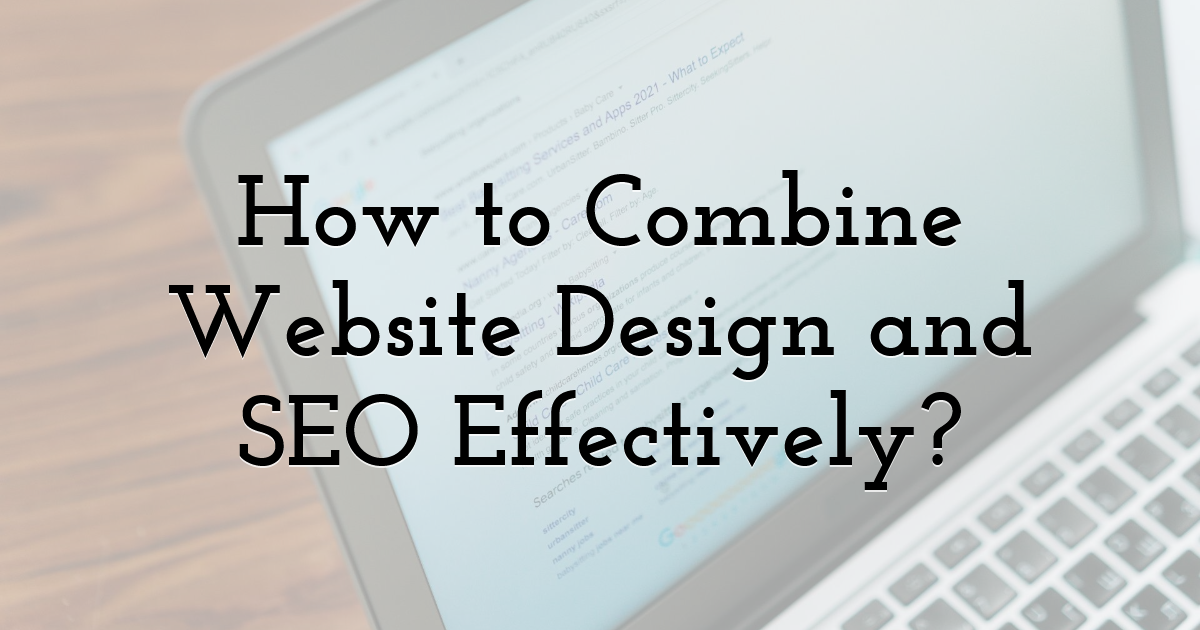
Effective SEO and web design integration means search optimization is considered at every step of the development and design process. For instance:
- • Beginning with the identification of keywords and user intent can help decide both the navigation architecture and the approach to information.
- • Mobile-first design makes it feasible that your website functions equally on any device and is compliant with Google mobile-first indexing.
- • Strategically inserted internal linking using intelligent design features such as related post areas, contextually integrated links within pages, and logical navigation hierarchies further spreads page authority throughout your website and enhances end-user experience.
Creating ways to drive traffic to your website based on design also requires the use of strategic placements of calls-to-action, newsletter sign-up forms, and social sharing buttons that invite engagement with minimal loss of user experience. They need to blend seamlessly within the design yet fulfill your larger marketing goals.
What to Expect from SEO Web Design in the Future?
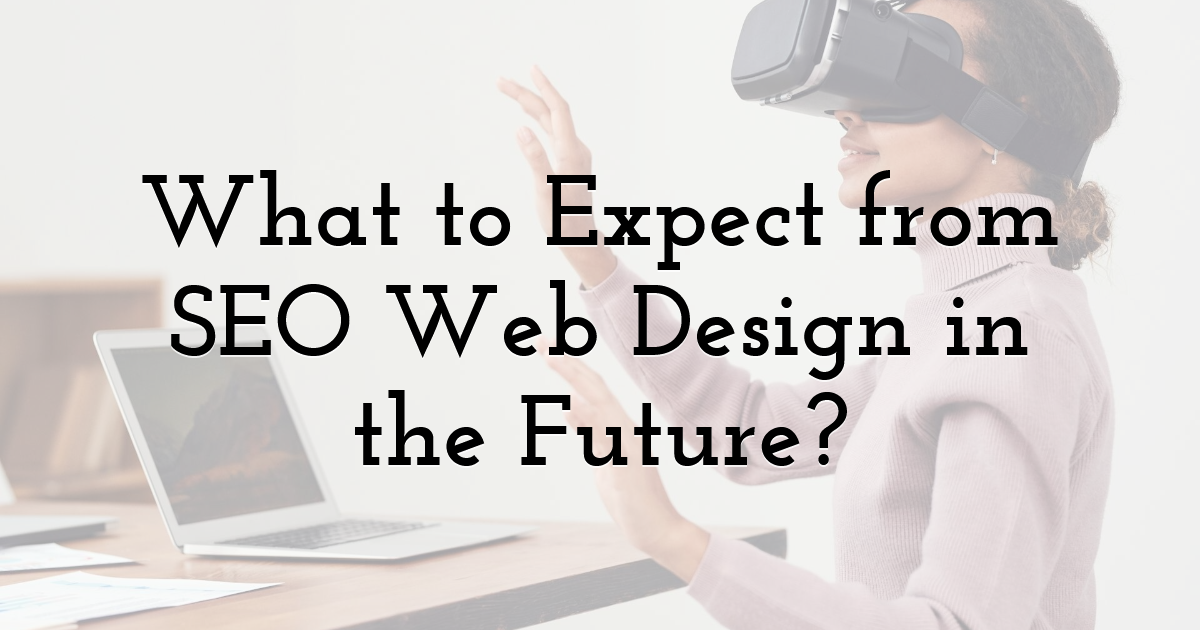
The future of SEO in web design is being defined by artificial intelligence, voice search optimization, and ever more discerning user expectations. Personalization tools based on artificial intelligence are making it possible for websites to offer personalized experiences that are tailored to individual user tastes and behavioral habits, and can boost engagement metrics that impact search ranking.
Voice search optimization is driving new development of content architecture and keyword strategy, and is making designers contemplate what information is likely to be generated in voice-activated interfaces. This is driving a trend toward more conversational information structures and FAQ-like information architecture.
Blending augmented and virtual reality is another new frontier of web design and SEO. As these technologies become more readily available, web pages leveraging these immersive experiences can gain a competitive advantage and witness better engagement and search visibility.
Moreover, Progressive Web App (PWA) technology continues to blur the lines between website and mobile application, and with greater speeds of loading, offline availability, and app-like usability possibly defining future ranking parameters.
Final Thoughts:
Website design and SEO are no longer competing priorities but rather supportive disciplines that need to collaborate and work together in order to produce experiences satisfactory and acceptable to both search engines and end-users. Good website design is about acknowledging that all of your design decisions can have SEO repercussions.
By considering search optimization at the design and development stage, companies can produce websites that are professionally designed and perform exceptionally in search.
Until next time, Be creative! - Pix'sTory
Recommended posts
-

5 Automated Email Marketing Messages to Keep Customers Loyal to Your Bran...
Read More › -
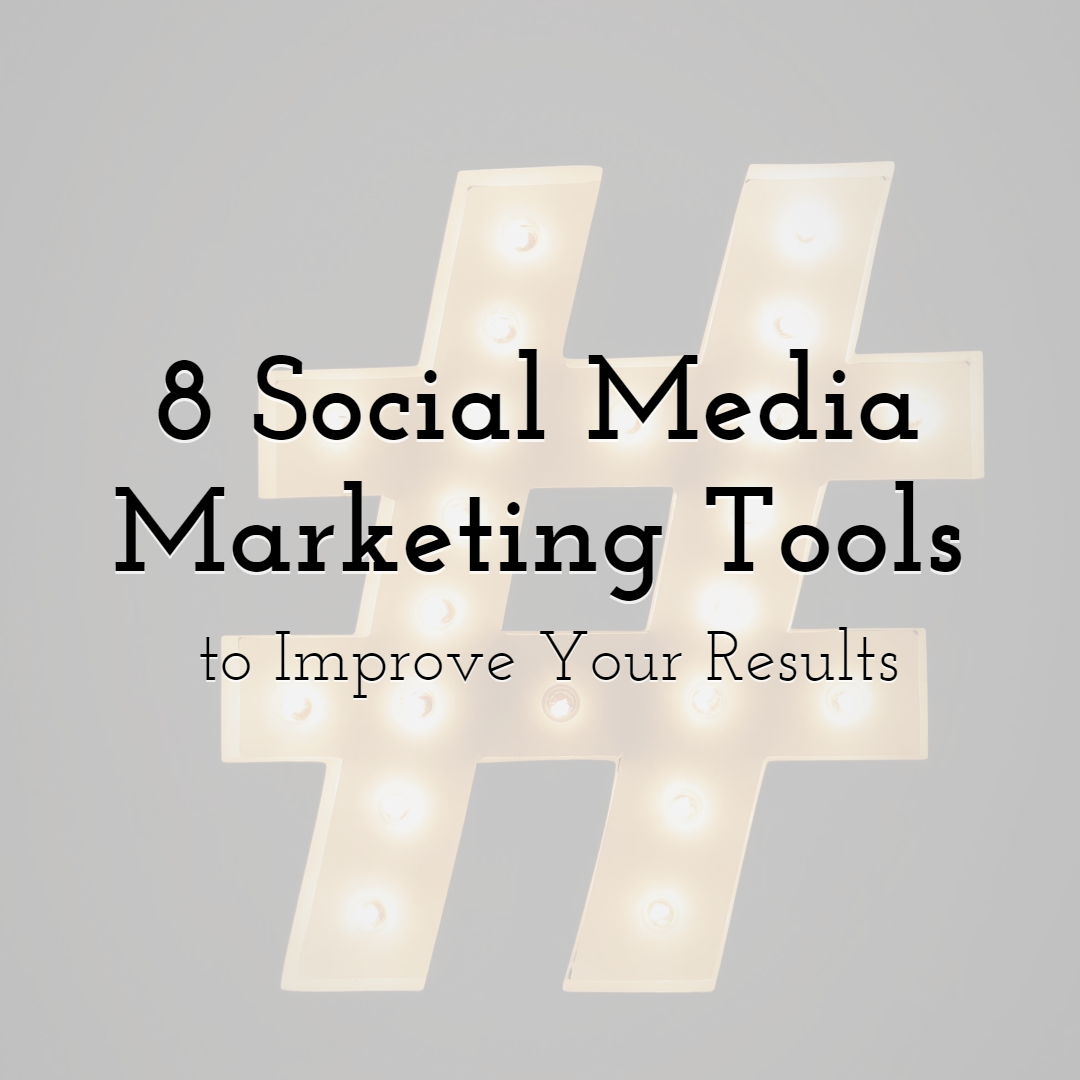
8 Social Media Marketing Tools to Improve Your Results
Read More › -

5 Best Practices for Drafting Perfect Newsletter Design
Read More › -
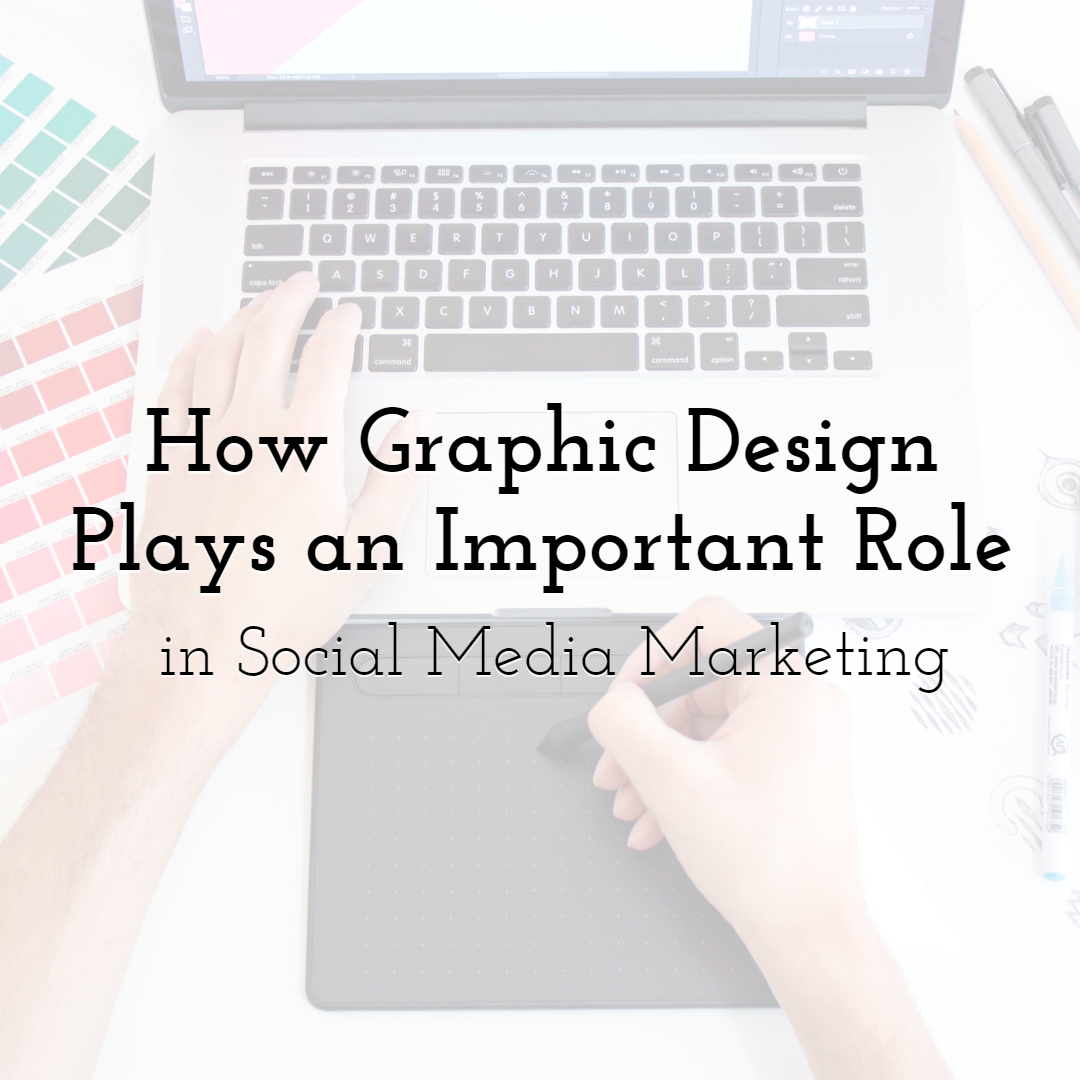
How Graphic Design Plays an Important Role in Social Media Marketing
Read More › -

5 Best Advantages of Using Social Media Automation Tools for Businesses
Read More › -

Common Pitfalls in Web Development Projects (And How to Avoid Them)
Read More ›
